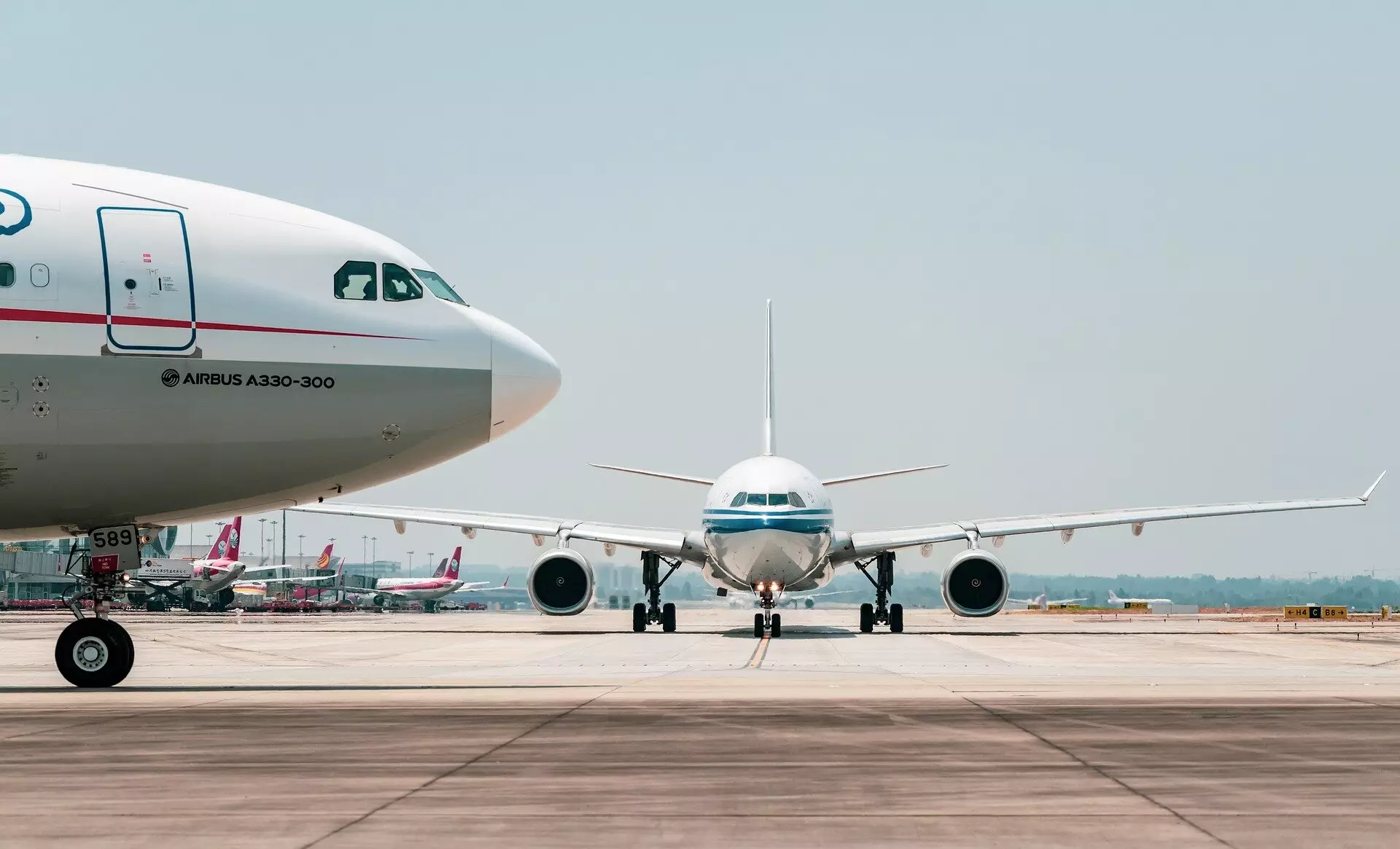The aviation sector stands at a critical juncture today, facing the daunting task of reconciling growth with environmental sustainability. Recent analysis from Cambridge University reveals that despite the considerable promises made by various stakeholders—including governments and aviation companies—the industry is currently falling short of its emissions targets. The report, “Five Years to Chart a New Future for Aviation,” highlights the urgency of implementing effective, action-oriented strategies within a five-year timeframe to steer aviation toward a net-zero climate impact by 2050.
At present, aviation contributes an alarming number of greenhouse gas emissions, and translating ambitious targets into tangible actions remains a challenge. The document lays out four clear Sustainable Aviation Goals to guide the sector, reflecting a hopeful yet pragmatic roadmap in a world increasingly focused on environmental accountability.
Central to the report are four actionable goals set for 2030 that seek to transform aviation’s sustainability landscape. First among these is the initiation of a global contrail avoidance system, which could substantially diminish the climate impacts of flying—potentially lowering greenhouse emissions by as much as 40%. To achieve this, decisive research and large-scale experiments must be conducted in various airspace regions, engaging industry players to optimize real-time data collection and impact assessment.
Moreover, the report emphasizes the need for a cohesive synergy between diverse entities within aviation. By implementing new policies that unlock efficiencies throughout both existing systems and internal practices, the industry could halve fuel consumption by 2050. The challenge of achieving such efficiencies has traditionally overwhelmed individual companies; however, collective action could pave the way for significant advancements.
Equally crucial is the reform of Sustainable Aviation Fuel (SAF) policies. The report calls for policies that acknowledge global biomass limits while simultaneously promoting the growth of renewable energy sources. It is imperative that the aviation industry builds a robust market around SAF, catering to sustainability criteria, thus fostering confidence and stimulating production scalability.
Lastly, the call for “moonshot” technology demonstration programs signifies a drive towards innovating aeronautics. These initiatives aim to rapidly assess the feasibility and impact of transformative technologies, potentially speeding up the timeline for their introduction into the aviation sphere.
The report derives from the efforts of the Aviation Impact Accelerator (AIA), an initiative spearheaded by the University of Cambridge. This project is rooted in collaboration with the Whittle Laboratory and the Cambridge Institute for Sustainability Leadership (CISL). The dual expertise of these institutions underpins the report, empowering industry leaders with valuable insights slated for discussion at prominent platforms, such as New York Climate Week.
Leaders like Professor Rob Miller from the Whittle Laboratory draw parallels with moments in automotive history, emphasizing the transformative potential of disruption. He notes that the industry can benefit from this landmark moment, much like automobiles did when electric vehicles began upending long-standing conventions.
Eliot Whittington from CISL warns against the pitfalls of both overly optimistic narratives and despair in discussions regarding sustainable aviation. The report underscores the considerable challenges associated with achieving net-zero status at scale. However, it posits that such achievement is feasible with deliberate action and informed strategies.
The overarching message of this report is one of cautious optimism: while substantial hurdles remain, they are not insurmountable. This unique approach offers a blend of realistic assessment and forward-looking innovation, aligned towards activating change within the aviation sector.
Cambridge University’s report serves as an essential call to action for the aviation industry. It encapsulates the need for immediate efforts, collaborative synergies, and innovative ventures to ensure the sector’s long-term viability in the face of climate change. As stakeholders rally around these ambitious goals over the coming years, the path to a sustainable aviation future begins with informed decisions and collective responsibility—one flight at a time.


Leave a Reply